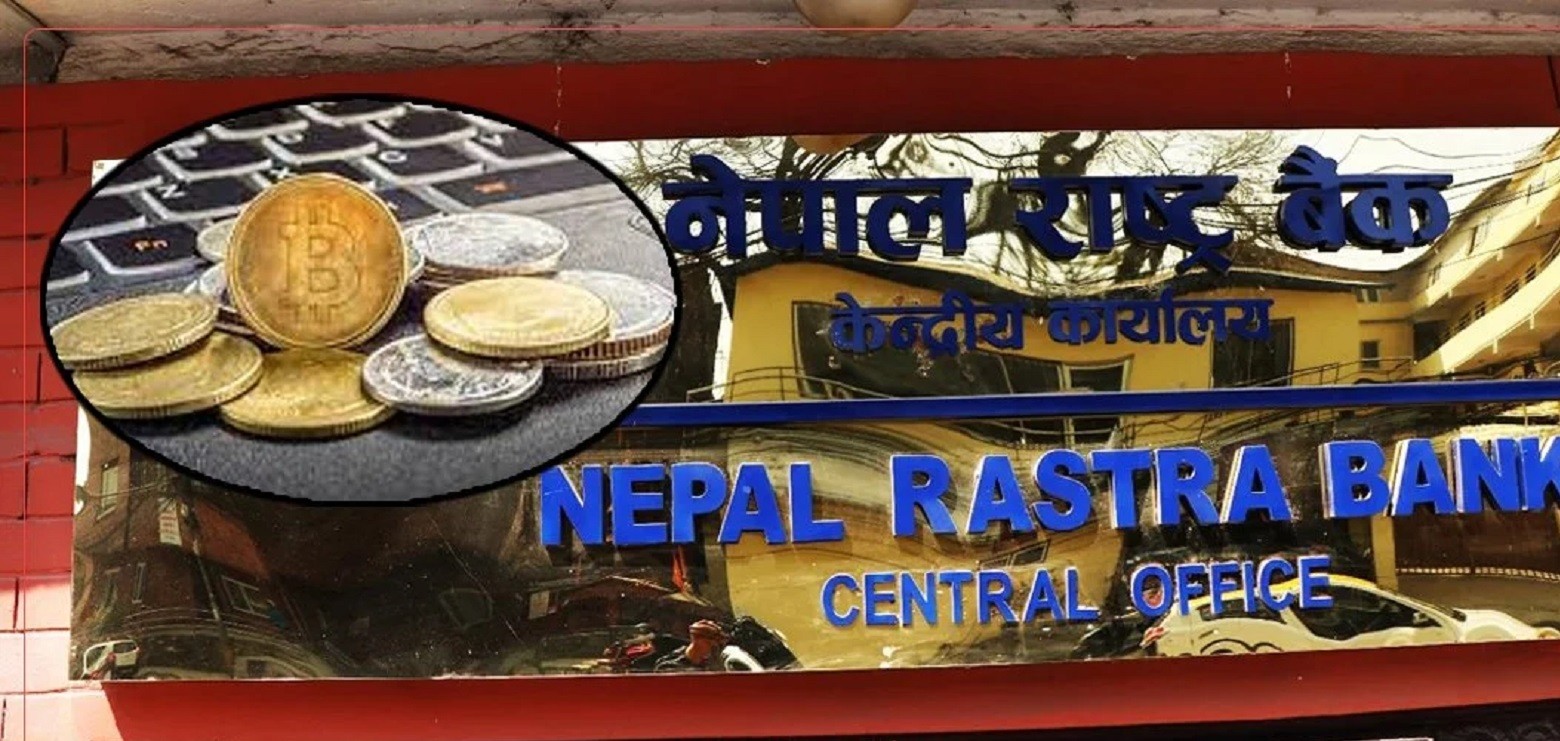
Kathmandu. Liquidity is the bank's ability to provide cash to depositors when they demand it. In the banking and financial sector, liquidity is understood as immediately investable capital. In the bank, the funds collected from individuals and various organizations, companies, institutes, etc. are accumulated in current, term and deposit accounts and the bank itself is responsible for paying the amount along with interest at the time requested by them. In this way, deposits kept by common people in banks, funds kept by banks in the central bank, financial instruments that are bought and sold in the market and precious metals such as gold and silver have the property of high liquidity. Also, the condition where any financial asset can easily be converted into spendable amount is called market liquidity.
Liquidity, interest rate and inflation are interdependent in the economy of any country. If liquidity increases, interest rates will decrease and inflation will increase. Also, if there is a contraction in liquidity, interest rates will rise and pressure on inflation will decrease. There is a contribution or role of liquidity in earning profit. Lack of liquidity i.e. organizations facing liquidity problems cannot pay their immediate debts. If this situation continues, there will be problems in the supply of raw materials, there is also a danger of being blacklisted by various agencies. Therefore, poor liquidity can cause problems in many ways. Liquidity is not only low but also high is a problem.
Why is the problem?
Now there is a problem of low liquidity in the market. Banks' investment in non-productive sectors and the government's failure to increase development expenditure have emerged as the main factors of repeated liquidity shortages in Nepal. If there is a demand for a loan, investing without looking at one's ability creates a liquidity problem. Similarly, if institutional deposits are more in the total deposits of the bank and the deposits of the general public are less, then this can be a risk for both the depositors and the bank. Therefore, if the institutional depositor withdraws the deposit at once, the concerned bank will face liquidity problem. Liquidity risk may also increase when a bank with small capital collects more deposits and gives more loans. Because, a bank with a small capital cannot return the deposits of the depositors in times of risk.
On the other hand, if the demand for credit in the market does not increase and there is no investment environment, there will be a problem of excess liquidity in the market. In Nepal, the problem of excess liquidity is often seen after Baisakh. Because, not throughout the year, but to show the government's development expenditure in the report, it is done overnight and the government coffers start to open. Similarly, since it starts in the rainy season, other physical construction works are not done much during this time, due to which the loan demand is less.
Impact of low liquidity
There is a contribution or role of liquidity in earning profit. Lack of liquidity i.e. organizations facing liquidity problems cannot pay their immediate debts. If this situation continues, there will be problems in the supply of raw materials, there is also a danger of being blacklisted by various agencies.
When there is a lack of liquidity in banks, there is a contraction in lending. If the industrial businesses do not get loans, the development work cannot proceed and eventually the entire economy will be affected.
Due to the lack of liquidity, the interest on deposits increases abnormally. In the rush to attract deposits, banks start setting interest rates beyond the limit. In order to cover the cost of interest on deposits, interest rates on loans also start increasing and borrowers start getting affected. In such a situation, entrepreneurs become discouraged and banks may also face problems in loan recovery.
Liquidity Management
The central bank manages liquidity with the aim of preventing problems in the economy due to liquidity imbalances. By using various financial tools, the National Bank will calculate if there is too much liquidity in the market and flow if there is too little. If the liquidity is low, liquidity is affected by issuing repo, if it is high, liquidity is calculated by issuing reverse repo. If there is an abnormally high liquidity situation in the banking system, according to the decision of the open market trading committee, deposits are collected to collect liquidity from the banking system or direct sales instruments are used. Similarly, liquidity is influenced through direct purchase instruments. Besides, the National Bank also manages liquidity through bonds.
Besides, the National Bank also manages liquidity through bonds. In addition, the National Bank manages liquidity by using policy arrangements and standards such as interest rate corridors, CCD ratios, interbank transactions, etc.







